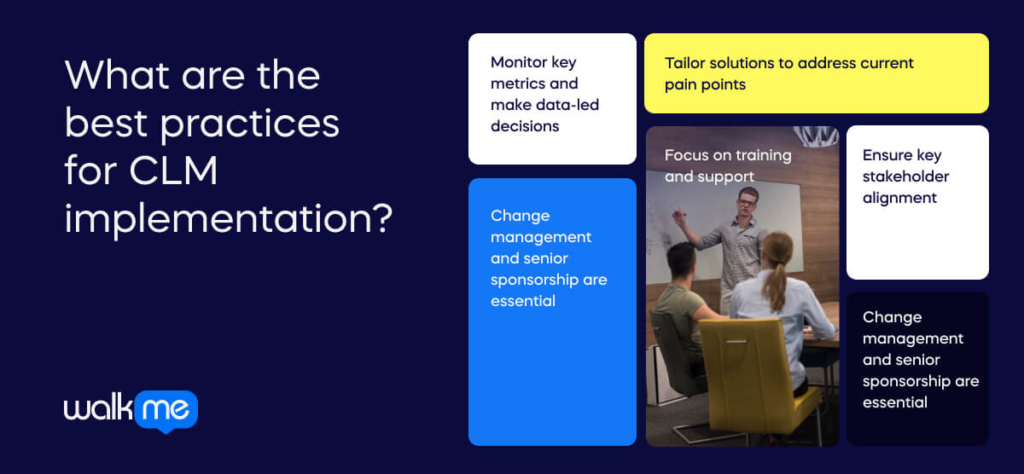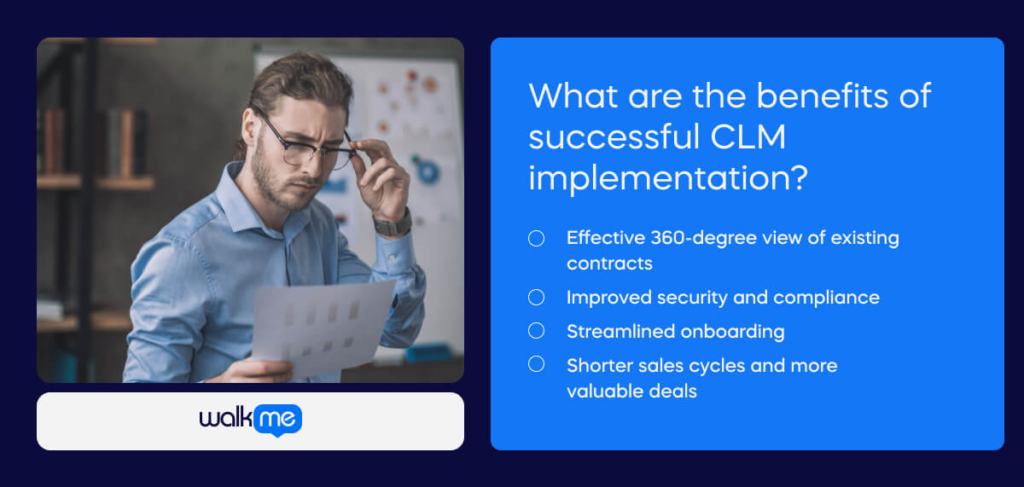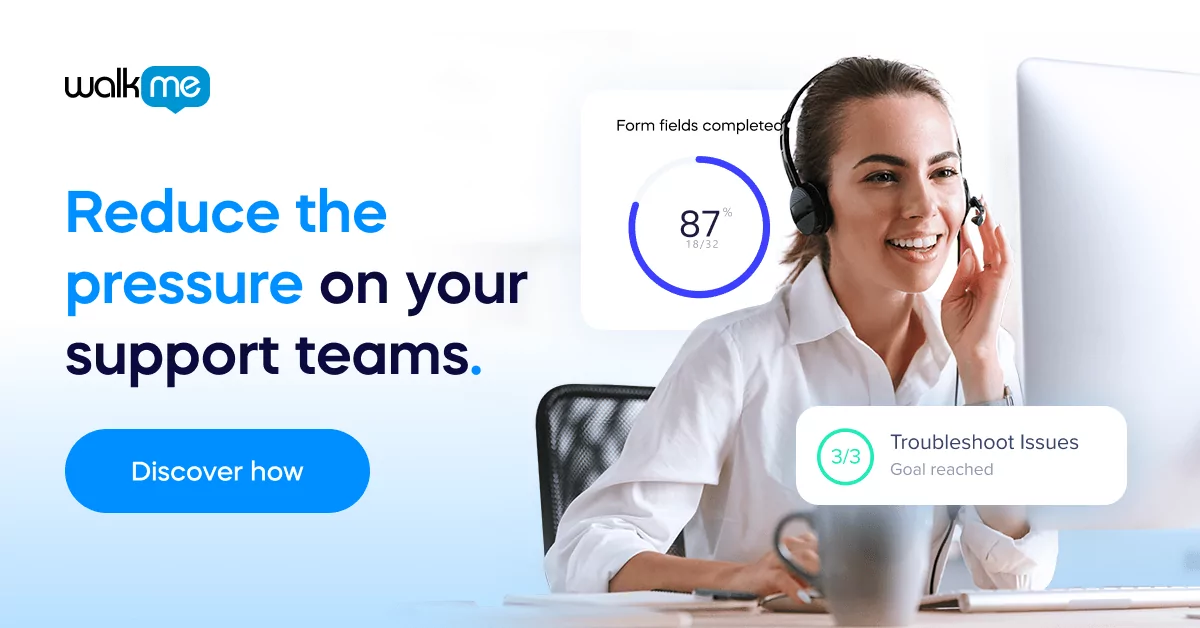Contracts are the oil that keeps the wheels of business turning. There are many types of contracts: permanent, fixed-term, temporary, zero-hours, freelance, and more. The key is to handle them correctly.
From onboarding to retaining current staff, contracts provide legal protection for employees and employees. They also provide security, a better understanding of job roles, and boost employee engagement.
However, the way contracts are handled has changed over recent decades. They’ve evolved from traditional paper contracts to digital formats, a shift that mirrors broader industry trends like digitalization.
Digital contracts offer benefits like remote signing and cloud storage but also present challenges, such as the risk of getting lost in digital clutter. According to a 2021 EY Law Survey, 57% of business leaders face revenue disruptions due to contracting issues.
That’s why implementing robust digital systems for contract storage and organization is imperative. Contract lifecycle management (CLM) systems offer a solution.
What is CLM implementation?
Contract lifecycle management refers to tracking and managing a contract through its various stages of life. To succeed, careful planning and process improvement are required.
You also need stakeholder involvement, data prep, and good change management. These things ensure users adopt and benefit from the tool.
There are plenty of contract lifecycle management tools you can use today. These include:
Why is CLM implementation important for commerce?

Selecting a CLM solution for your business is a good start, but it’s equally crucial to grasp why it can enhance your business. A good CLM solution can streamline contracts. This leads to better productivity, governance, and risk mitigation. It also reduces revenue loss.
However, failing to integrate a CLM into your organization’s workflow or implementing it incorrectly can pose significant challenges.
For instance:
- It can be time-consuming: Time is a precious commodity in business, especially in commerce. Manual tasks like filing, storing, formatting, and securing contracts demand significant time and resources. Depending on an inefficient CLM solution can drain resources that could have been allocated elsewhere.
- It can lead to human error: Humans aren’t perfect. That’s a fact. Errors are likely to happen without an effective CLM solution to automate the contracting process. Most contract inaccuracies, missed deadlines, and signature issues in contracting stem from human error.
- It can lead to delays: Ineffective CLM solutions within your business can delay contract approvals, causing project hold-ups and frustrating vendors or customers. Such delays can tarnish your organization’s brand and, ultimately, hinder your business’s revenue.
- It can lead to compliance issues: A subpar CLM solution can lead to inadequate contract management and monitoring, risking policy compliance breaches. This incurs financial costs and exposes your organization to potential legal troubles.
- It can lead to missed renewals and other deadlines: CLM solutions can automate contract renewal processes. Failing to stay updated on renewal deadlines and other milestones could result in financial losses and even contract lapses with vendors, adversely affecting your organization’s trajectory.
Correct CLM implementation is crucial for commerce. A World Commerce & Contracting (WCC) study found that contract cycle times can be reduced by up to 80% among industry leaders using strategic CLM solutions. This translates to faster revenue generation and higher profits.
But don’t just take our word for it. Numerous case studies have demonstrated the effectiveness of CLM implementation.
For example, a leading global bank requires a robust system to manage customer relationships and comply with stringent regulations across 57 countries. They enlisted the expertise of the Lysis Group for assistance.
The outcome was impressive. The bank efficiently implemented an enterprise-scale CLM system, serving over 1,100 users worldwide. It enabled them to meet challenging regulatory deadlines for know-your-customer and client onboarding requirements cost-effectively.
8 Steps for successful CLM implementation

So, how can an organization implement a CLM solution successfully? Following these eight steps is the best approach.
- Define goals and objectives
As with any successful implementation, it starts with defining goals and objectives. To assess the effectiveness of your current CLM setup, begin by mapping out your existing process. Pinpoint areas of inefficiency and establish clear objectives for how this software will benefit your business.
This understanding will enable you to assess the effectiveness of your current CLM system and anticipate the benefits of the new digital platform. Finding specific frictions in your contract processes, like using different files and templates, will help you find your problems. It will also indicate how CLM software will fix them.
- Assess and clean your current data
CLM tools are only as good as the data within them. Migrating contract documents isn’t simply a matter of ‘drag and drop.’ Relevant information must be extracted from these documents to make them usable within the system.
Your next step should involve cleaning your existing contract database. These tasks include removing duplicates and archiving terminated contracts. To enhance efficiency, consider centralizing or mapping out your existing data. You should begin using CLM tools hands-on only once you have assessed and formatted your existing agreements appropriately.
- Develop an implementation plan
The next step is to create a blueprint outlining the implementation of CLM for both internal and external contracts. Set a specific timeframe for the rollout of your organization’s CLM software, including the intended user base within your company.
Quantify the current pain points that the CLM will address and set measurable objectives. These metrics will help assess the success of the CLM implementation in the future.
- Configure your CLM solution
Once you have a blueprint for your implementation, it’s time to select the appropriate platform and configure it accordingly. While the specifics of this step will differ depending on the nature of your organization, it’s a crucial part of the process. Build workflows tailored to your company’s industry, product or service, region, and other relevant factors.
- Test your CLM solution
Your CLM solution may not be perfect the first time around. That’s why it’s important to test the software and assess how it works within your company.
Consider recruiting external QA testers to evaluate critical features. Plan a sandbox release, allowing stakeholders to construct mock workflows. This stage should be a positive feedback loop: identify issues, address them, conduct testing, and iterate as needed.
- Train users on the CLM solution
The success of a CLM solution hinges on its proper utilization. That’s why training employees to use the new platform is key. Training can take various forms, depending on the size of your organization and its company culture.
Smaller organizations may opt for one-on-one coaching and team-wide support sessions. For larger companies with a global workforce across different departments, digital adoption tools and collaborative technology may be more suitable.
- Roll out the CLM solution
Now that the CLM solution is configured, tested, and users are trained, it’s time for the rollout. Depending on the company’s size and complexity, a phased rollout could be preferable. This allows for a smoother implementation, addressing any issues gradually and ensuring effective adoption across the organization.
- Use data to monitor the performance of the CLM solution
However, the process of successful CLM implementation doesn’t stop once the software is rolled out. It’s important to carefully monitor how the solution benefits your organization’s workflow. Behavior analytics platforms prove valuable during this stage. Measure the data to gauge the effectiveness of the CLM solution against the quantifiable implementation plan.
Another effective way of monitoring performance is to survey employees to gather feedback on their experience with the CLM solution. Based on this feedback and analytics insights, refine and optimize the solution as necessary.
What are the best practices for CLM implementation?

However, implementing the CLM solution is only part of the puzzle. To ensure successful implementation, follow these best practices.
Monitor key metrics and make data-led decisions
Like any business strategy, your CLM implementation plans should be grounded in key metrics and data. Why? Because numbers are essential.
Quantitative measures reduce human judgment errors. Metrics like contract cycle time are vital. They gauge CLM solution performance and find inefficiencies in contracting.
By monitoring relevant metrics, businesses can pinpoint bottlenecks, inefficiencies, and areas needing improvement in their contract management processes. This empowers them to make informed decisions and enact changes to optimize their CLM processes.
Tailor solutions to address current pain points
Tailoring your solution to address current pain points is another important aspect of successful CLM implementation. While pain points are often viewed from the customer’s perspective in commerce, the term can also encompass internal challenges within your business.
As mentioned above, this step involves analyzing metrics to identify areas for improvement. However, it’s also worth thinking creatively during this stage. In addition to relying on the data, involving key stakeholders early can help identify and address potential roadblocks.
By doing so, you can uncover challenges, pain points, or resistance points that may arise during implementation and proactively address them.
Focus on training and support
A tool is only as good as its user. Like any digital tool, a CLM solution requires training. According to an article published on LinkedIn by Vidhu V, a Contracting Lead at Accenture, organizations often underestimate the importance of comprehensive end-user training. A “lack of training may lead to reluctance to adapt and underuse of the CLM solution.”
To avoid this, ensuring all users comprehend a CLM solution’s features, functionalities, and workflows is important. Understanding the tool increases the likelihood of effective adoption.
This stage is particularly important if your organization plans to implement the CLM solution across legal, HR, and sales departments. Comprehensive training enhances user adoption, ensures data integrity, and supports a learning culture across teams.
Automate workflows
Automation is a key benefit of digital tools and a crucial part of implementing a CLM solution effectively. Automation can streamline the contract lifecycle, handling repetitive tasks such as sending notifications, tracking deadlines, and routing contracts for approval. This, ultimately, reduces the need for manual effort. It can cut costs, save time, and free up resources for other parts of your business.
But automation doesn’t just save time and energy. It minimizes human error and ensures adherence to predefined rules, approval processes, and compliance standards, reducing the risk of non-compliance and associated penalties or legal complications.
Automation ensures standardization, which is crucial for effective CLM implementation. It ensures consistency in contract management across the organization, regardless of who’s using the solution.
Ensure key stakeholder alignment
Aligning all stakeholders in their workflows is another crucial part of CLM implementation. For effective results, stakeholders need a shared understanding of objectives, desired outcomes, and priorities.
Engaging with key stakeholders across different departments encourages collaboration and overall engagement with the solution. It’s essential to communicate the need for everyone to adopt the new software and make them feel heard. This collaborative approach builds trust, commitment, and buy-in, increasing the likelihood of successful adoption among employees.
Stakeholder alignment also facilitates change management by ensuring stakeholders understand the rationale, benefits, and their roles in the new processes. This understanding helps manage significant changes to existing processes and workflows effectively.
Change management and senior sponsorship are essential
No project, including CLM implementation, can succeed without proper support from top executives and participation from key stakeholders. Prioritizing communication of the need for a CLM solution to senior leadership is crucial.
After all, business leaders influence their subordinates. Their buy-in is essential for success. Assembling the right team, with executive backing and cross-functional representation, is crucial for overcoming resistance across the board.
Senior leadership support is instrumental in driving user adoption of the CLM solution across the company, fostering collaboration, and sustaining momentum for engagement in the new workflow.
What are the benefits of successful CLM implementation?

Successfully implementing a CLM solution offers many benefits for an organization, some of the most important of which are as follows:
Effective 360-degree view of existing contracts
One key benefit of successful CLM implementation is its ability to provide greater visibility and control over an organization’s contracting workflow. A centralized repository offering a 360-degree view of all existing contracts across the organization ensures complete visibility and control over the entire contract portfolio.
Implementing a CLM reduces digital clutter, akin to organizing physical files into folders. By consolidating all contract information in one place, workflows are streamlined, and productivity is increased. Users can efficiently search, retrieve, and act on contract data without wasting time on manual efforts.
This comprehensive view also ensures compliance with regulatory requirements, internal policies, and contractual terms and conditions, minimizing the risk of non-compliance and associated penalties or legal issues.
Improved security and compliance
CLM solutions ensure that your contracting workflows are watertight. In other words, they adhere to high data protection standards. This guarantees the security of sensitive contract data during transit and storage, reducing the risk of data leaks or breaches.
Secure data is more important now than ever. According to a recent study by the Ponemon Institute, breaches are becoming increasingly costly. The report revealed that data breaches reached an all-time high in 2023, with the average cost globally totaling $4.45 million.
This marks a 2.25% increase from 2022, when the average cost was $4.35 million. A successfully implemented CLM solution is a great way to prevent data breaches and protect sensitive information.
Streamlined onboarding
CLM solutions can also benefit the onboarding process too. Thanks to their automation capabilities, these tools streamline vendor onboarding and provide a centralized platform for managing vendor contracts and information.
For example, CLM tools automate tasks like generating standard contracts (like NDAs and MSAs) for new vendors/suppliers, saving time on repetitive work during onboarding. This is particularly beneficial if your CLM system has a dedicated supplier portal to automate vendor onboarding and enable suppliers to input data directly.
These tools can also streamline onboarding for staff, saving time and leading to increased employee engagement. Global companies with large workforces implement CLM solutions for this reason.
For instance, McDonald’s utilized a CLM solution to automate contract generation, review, approval, and archiving processes, reducing cycle times, errors, and administrative burdens. As a result, McDonald’s CLM implementation led to significant benefits, including 20% cost savings, a 50% reduction in contract cycle times, and 100% contract visibility, among others.
Shorter sales cycles and more valuable deals
Above all, effective CLM solutions cut costs and generate revenue. CLM implementation significantly reduces the length of sales cycles, enabling organizations to close deals faster and secure more valuable agreements.
CLM software empowers sales teams to swiftly generate compliant contracts using pre-approved language by offering a central repository for approved clauses, terms, and templates. This efficiency enhances productivity, enabling sales representatives to prioritize deal closure, resulting in increased revenue.
This was evident in Contract Logix’s customer usage data, which showed an 1800% increase in e-signed contracts. The report also showed a 980% increase in triggered automated workflows and an 830% increase in converted contract requests from March 2020 to March 2021 after implementing CLM software.
Moreover, Microsoft’s Enterprise Volume Licensing department also reported a 50% reduction in contract administration costs after implementing the Icertis Contract Intelligence CLM platform in its workflow.
CLM implementation is crucial for a successful business
CLM solutions are now a permanent fixture for every successful organization. While all aspects of business have undergone digital transitions over the last decades, the pandemic has accelerated this trend. Paper contracts are out; digital CLM tools are in.
These tools streamline and automate contract management, reducing manual work and errors while speeding up processes. CLM tools also ensure compliance, mitigate risks, and avoid legal issues.
However, while CLM tools transform contract management into a strategic advantage for businesses, their benefits are only fruitful if implemented correctly. A Ferrari may have a powerful engine, but it’s only as good as the driver behind the wheel. The same goes for CLM software.
To make the most of these tools, ensure that all users are engaged with the platform, trained to use it effectively, and understand the company’s goals and needs for the software.
Successful CLM implementation requires groundwork in its initial stages, especially from senior management. However, by following the steps above, the investment in time and money will pay dividends for your business.


